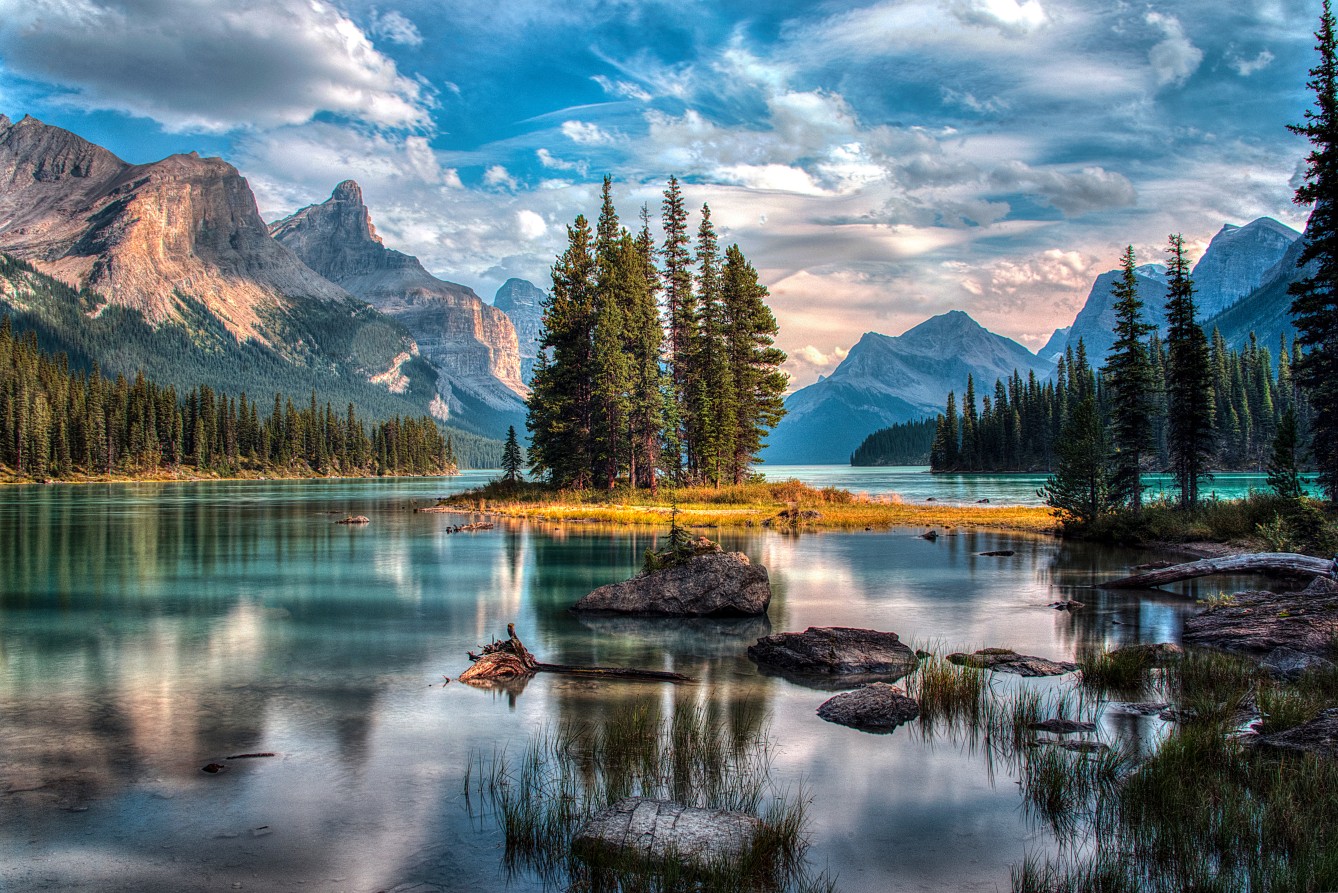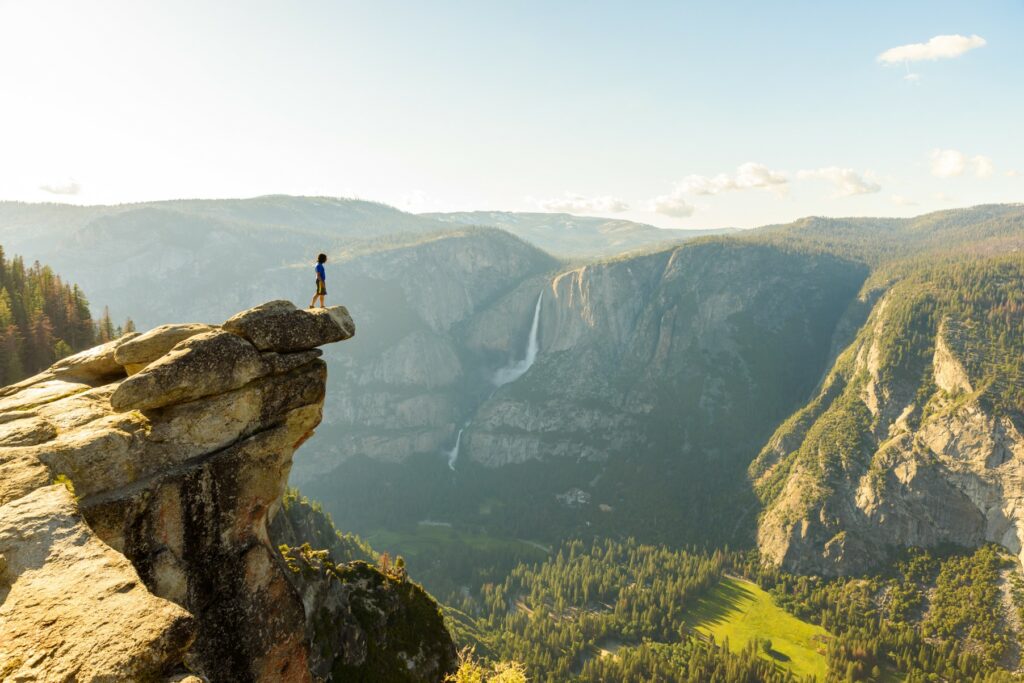
Heavy Rain, Flooding, and Chance of Severe Weather Staring Down the Southern U.S.
January 22, 2024
Posted: July 5, 2023 2:54 pm





One of the best vacation ideas for the summer months has been a trip to one of America’s national parks. With massive amounts of land and big open skies, it is easy to enjoy time with the family while exploring these natural beauties.
Before you head off on your own national park adventure, you need to understand that there are a number of inherent dangers in these parks.
However, these dangers may not be what you expect them to be. Understanding the biggest threats to the safety of your family will ensure that you have an amazing adventure.
The deadliest national park is Grand Canyon National Park, located in northern Arizona. While this park has the reputation of being stunningly gorgeous, it also presents a host of inherent dangers. Since 2010, there have been 134 fatalities reported at the Grand Canyon.
Most people would naturally think that the deaths would come at the hands of falls and other accidents in the canyon. However, medical emergencies and natural causes lead the pack on causes of these fatalities.
One complicating factor in the Grand Canyon is the weather. During the summer months, temperatures can reach as high as 120 degrees at the bottom of the canyon. Despite having the best intentions, many visitors set out to hike the canyon without the sufficient amount of water and protection from the sun.
In addition to the scorching heat, the park also has an elevation gain of 4,000 feet. It is not uncommon for visitors to underestimate the difficulty of hiking this canyon. The strenuous trails combined with the heat can pose significant health challenges for many people.
While falls may not be the leading cause of death in Grand Canyon Park, they are the top reason for fatalities in Yosemite National Park. This park in California is known as a prime rock climbing and hiking destination.
However, the dangerous terrain poses a big risk to those inexperienced with traversing this type of geography. Yosemite National Park ranks in second place for total fatalities, with 126 reported over the last decade.
Sadly, the park has seen an increase in recent years of visitors falling to their deaths when trying to take selfies or photos against the beautiful scenery. The most dangerous places when it comes to inadvertent falls are along Nevada Fall, Taft Point, and Vernal Falls.
In addition, it is not uncommon for visitors to become so distracted by the scenery towering above and around them that they slip and fall. Many of the streams, lakes, and other bodies of water are prone to experiencing strong currents. Emerald Pool is known to be particularly dangerous because it appears to be calm.

Great Smoky Mountains National Park takes third place with 92 deaths over the last 10 years. Like Yosemite, visitors to the Great Smoky Mountains are also at risk of drowning accidents.
There have been 60 drownings reported in the park since it opened. Experts blame the unpredictable waters of the park’s river system as the culprit behind these drownings.
While the natural dangers present a significant risk in Great Smoky Mountains National Park, it is simply car crashes that kill the most number of visitors.
With 384 miles of scenic roadways, touring the park in a vehicle is the most popular way to take in its grandeur. Unfortunately, many drivers simply become distracted when weaving around the windy roads.
Despite the dire revelations, there are a number of national parks that have not reported any fatalities between the years 2010 and 2020.
Those parks are Gateway Arch in Missouri, the Petrified Forest in Arizona, the Kenai Fjords in Alaska, the American Samoa in American Samoa, North Cascades in Washington, Isle Royale in Michigan, Kobuk Valley in Alaska, and Gates of the Arctic in Alaska.
It should be noted that all of these parks are more isolated than the major national parks. Because of their remote locations, these parks tend to see fewer visitors.

January 21, 2024

January 19, 2024

January 18, 2024